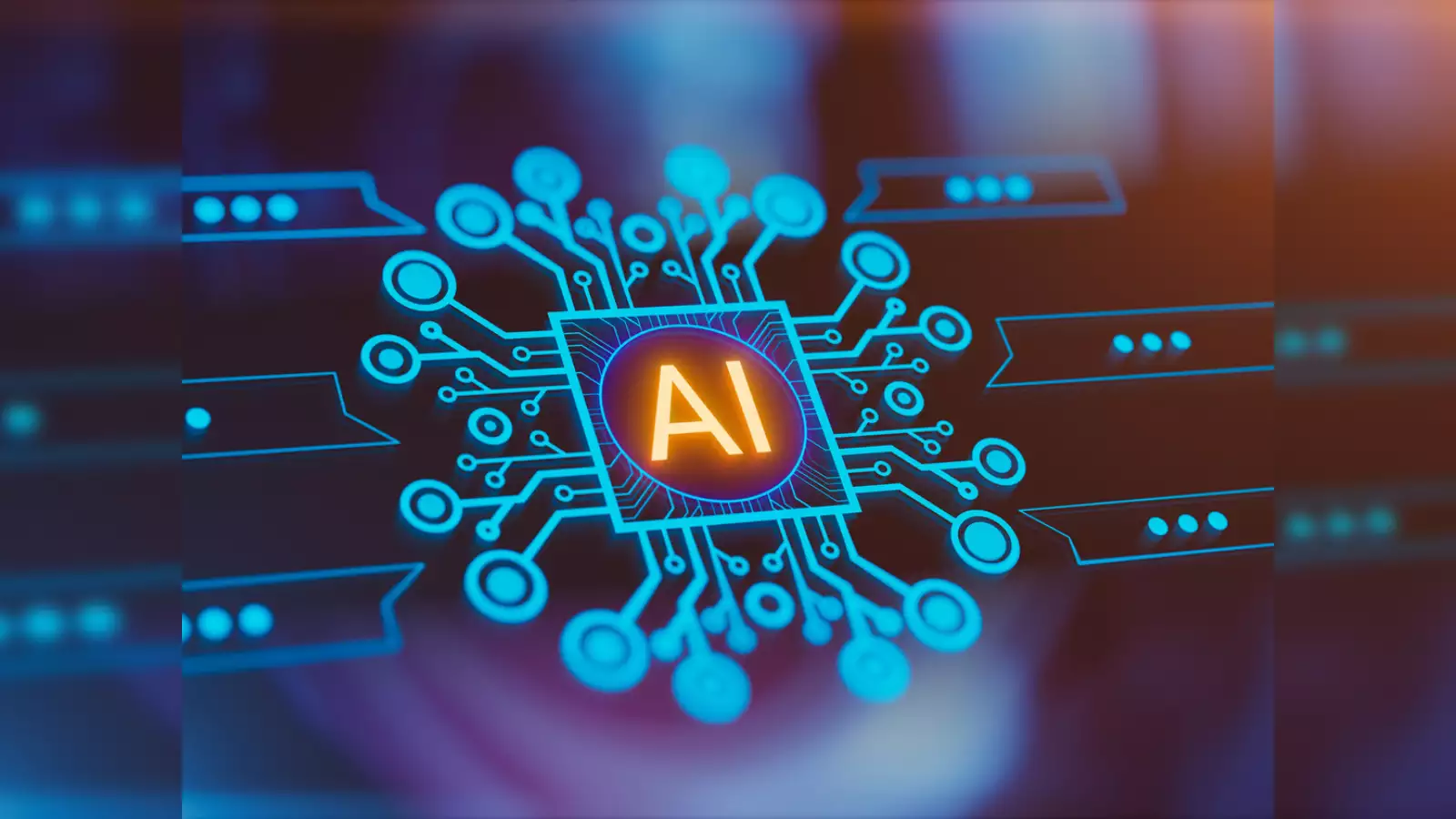The artificial intelligence (AI) industry, a key driver of technological innovation and economic growth, is on the brink of a data crisis that could significantly hinder its progress. AI companies are consuming high-quality, human-generated training data at a pace that outstrips its creation, leading to warnings from experts that the reservoir of such data may be depleted by as early as 2026. This potential shortage threatens to stall advancements in AI technologies, including popular AI chatbots like ChatGPT, which rely heavily on vast amounts of diverse, real-world data to learn and improve.
At the heart of this looming challenge is the finite nature of natural data—content created by humans rather than machines. AI models require this type of data to understand and mimic human-like responses, interactions, and decisions. However, the rate of consumption of this data by AI companies vastly exceeds the speed at which it is being produced, raising concerns about a future where the growth of AI capabilities could hit a ceiling. Researchers have estimated that the supply of high-quality textual training data could run dry between 2026 and 2030, with lower quality text and image data resources not far behind, potentially depleting between 2030 and 2060.
The implications of this data scarcity are profound. AI’s ability to learn from and interpret human language, generate realistic images, and understand complex patterns relies on the continuous influx of diverse, high-quality data. Without it, the advancement of AI technologies could stagnate, limiting their potential to contribute to fields ranging from healthcare and education to entertainment and beyond.
One proposed solution to this impending data drought is the development of synthetic data—data generated by AI models themselves. While this approach offers a potential stopgap, it is not without its challenges. Training AI on synthetic data can lead to a reduction in the diversity and quality of the output, as these models might not capture the full range of human creativity and variability. Additionally, reliance on synthetic data could exacerbate the problem, leading to AI models that produce increasingly homogenized and potentially less accurate outputs.
To mitigate these risks, some experts suggest that the future of AI development may depend on forging data partnerships. These collaborations between AI companies and organizations possessing large volumes of high-quality data could provide a sustainable source of training material. By sharing data, AI firms can ensure their models are exposed to a broad spectrum of human-generated content, preserving the diversity and richness of inputs necessary for continued innovation.
Despite these potential solutions, the fundamental issue remains: high-quality, human-generated data is a limited resource, and the AI industry’s insatiable demand poses a significant challenge. As AI continues to weave its way into the fabric of our daily lives, the quest for a sustainable, ethical, and diverse data supply will be crucial in shaping its future trajectory and ensuring that AI technologies can continue to grow and evolve.
In the face of this challenge, the industry, academia, and policymakers must come together to find innovative solutions that ensure the continued growth and development of AI technologies. Whether through the creation of more sophisticated data generation techniques, the establishment of data sharing agreements, or the implementation of policies that encourage the ethical use of AI, the future of artificial intelligence hangs in the balance, dependent on our ability to sustainably feed its voracious appetite for data.



















